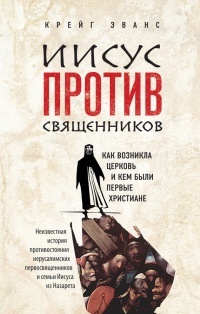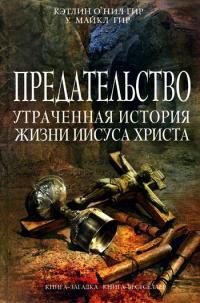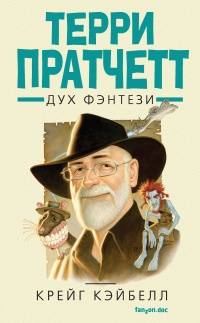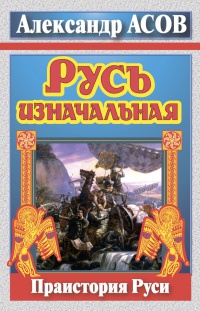Книга Иисус и его мир. Новейшие открытия - Крейг Эванс
Читать книгу Иисус и его мир. Новейшие открытия - Крейг Эванс полностью.
Шрифт:
-
+
Интервал:
-
+
Закладка:
Сделать
Перейти на страницу:
Перейти на страницу:
Книги схожие с книгой «Иисус и его мир. Новейшие открытия - Крейг Эванс» от автора - Крейг Эванс:
Комментарии и отзывы (0) к книге "Иисус и его мир. Новейшие открытия - Крейг Эванс"












